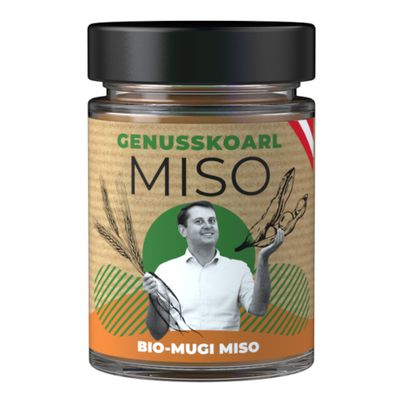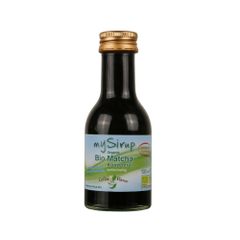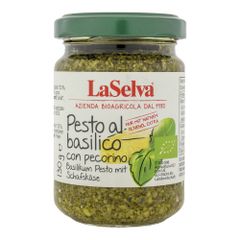Miso is a seasoning paste that is very important in traditional Japanese cuisine. It is traditionally made from soybeans and rice or barley. As with soy sauce, the first step in fermentation involves fermentation with the noble mold Aspergillus Oryzae and grain. In the second step, a paste is made from the fermented grain along with cooked soybeans and salt. This paste matures for several months and develops the classic savory umami taste before it is packaged.
In addition to water and salt, miso pastes require two other ingredients in the classic production method. On the one hand, a source of protein such as legumes (soybeans, lentils, peas, chickpeas, lupine, etc.) or press cakes from oil production, which are also very high in protein such as pumpkin seed protein, poppy seed protein, etc. and on the other hand, a source of carbohydrates such as grains (rice, barley , wheat) or pseudo cereals such as buckwheat, amaranth and quinoa. Due to this large number of possible combinations, there are also many different misos. The taste can also be greatly influenced by the length of maturation.
The areas of application of miso are very wide. The pleasant umami taste is almost always a welcome guest. In addition to the well-known miso soup, it can also be used to marinate meat or season a stew.



















